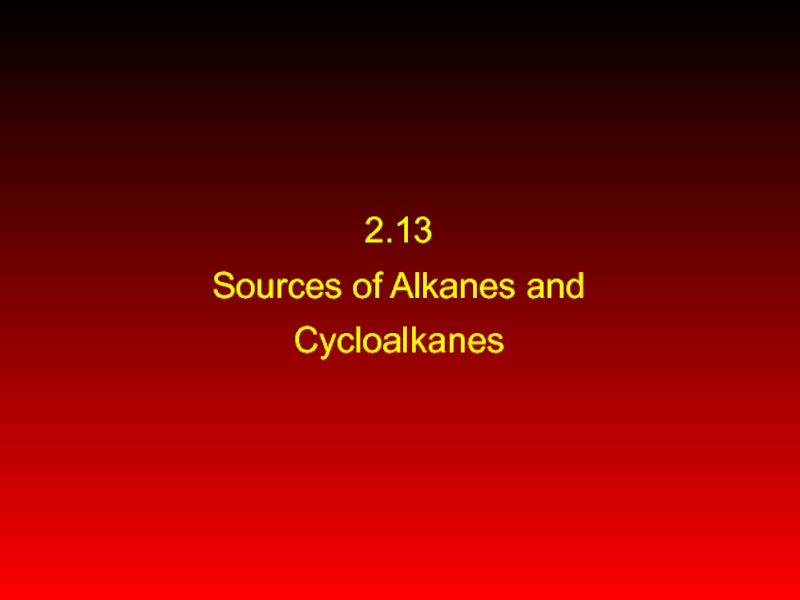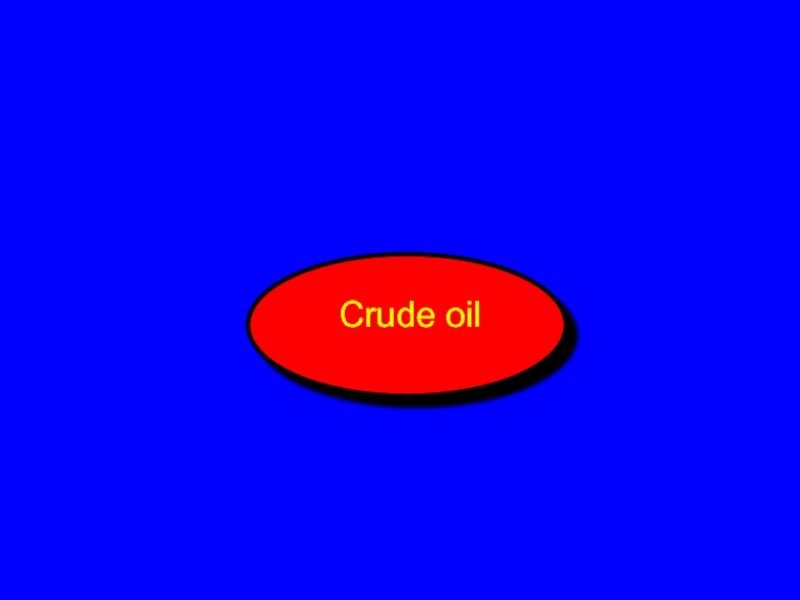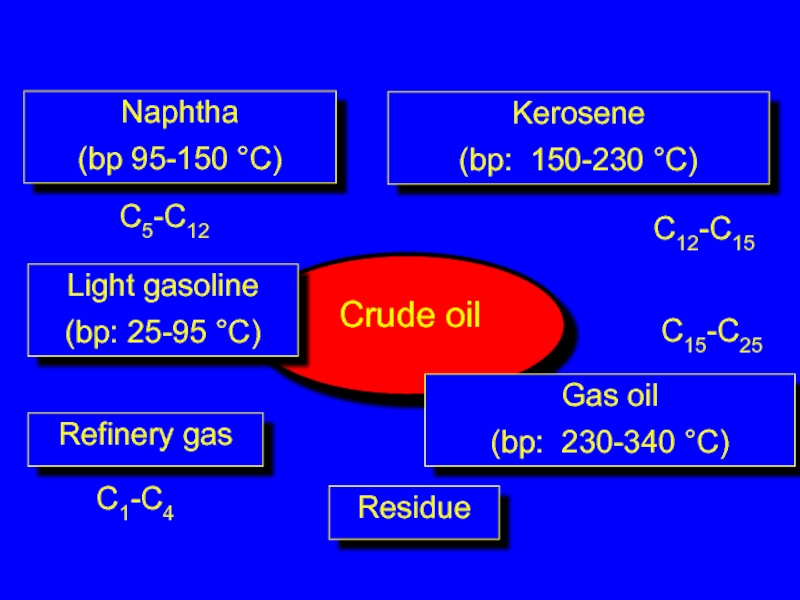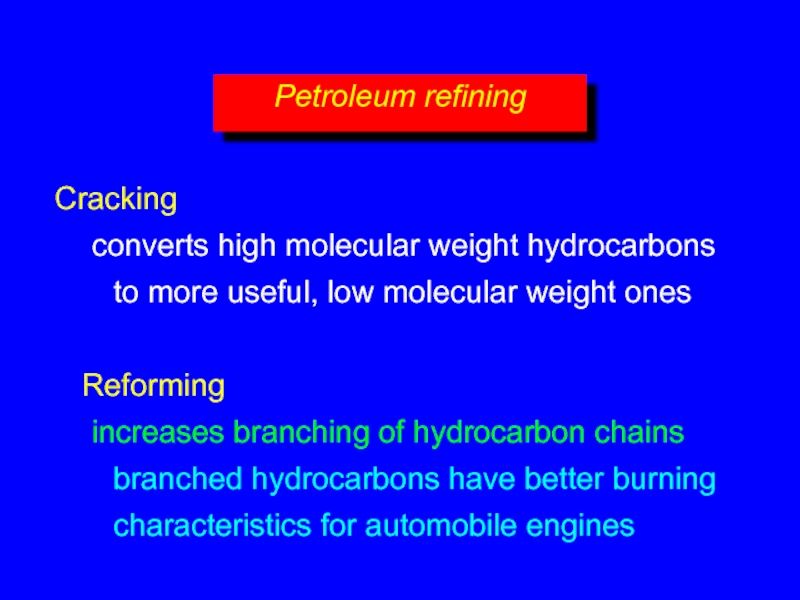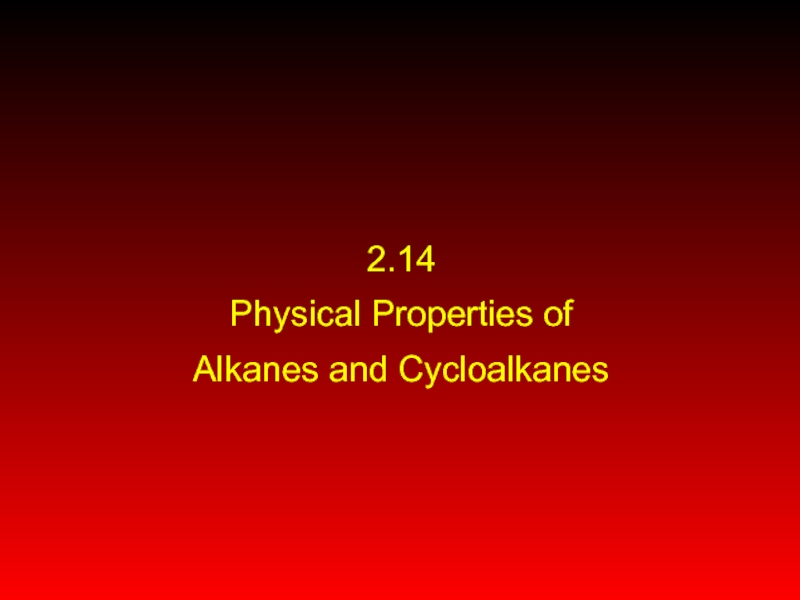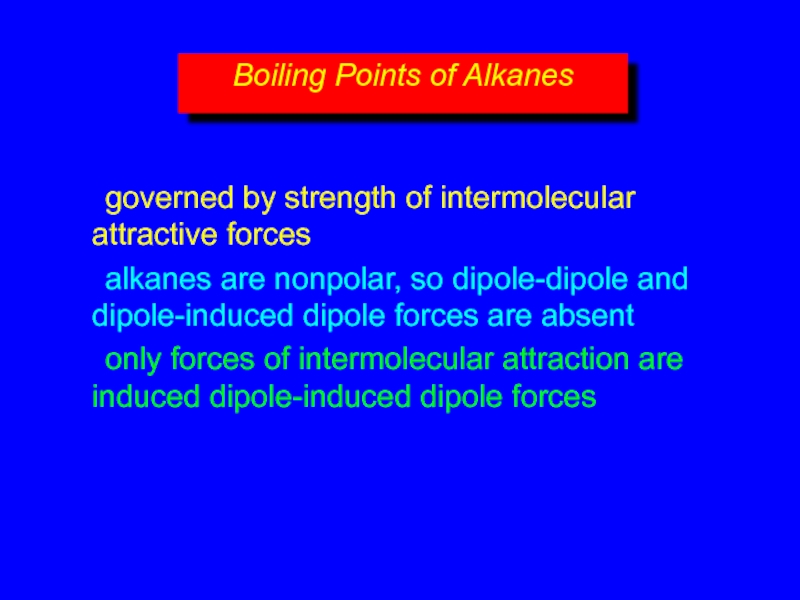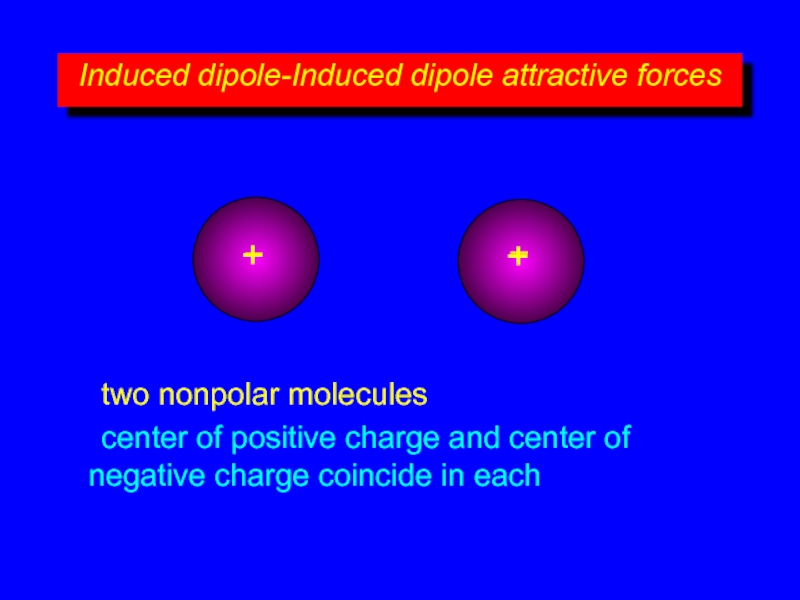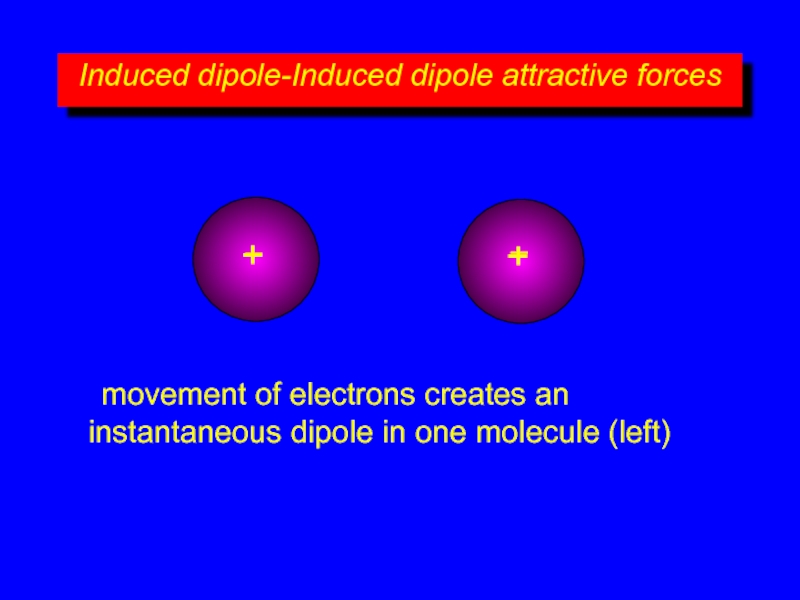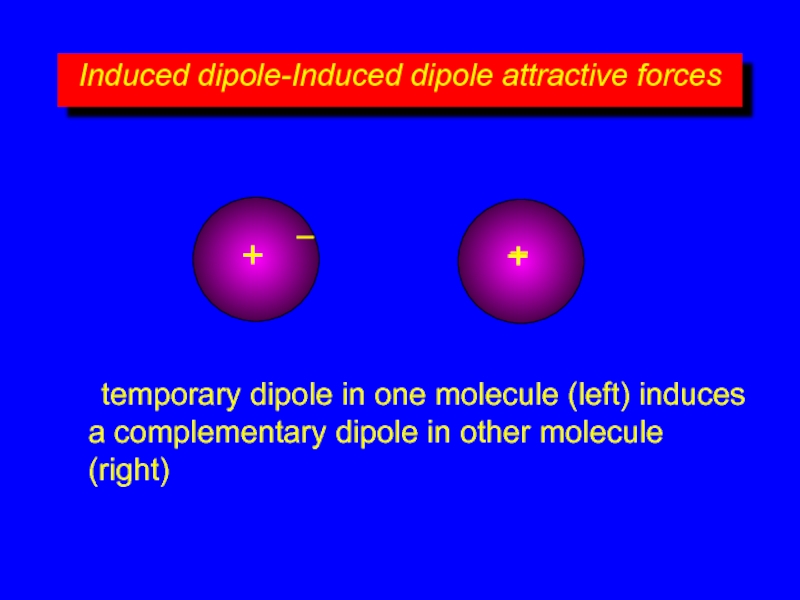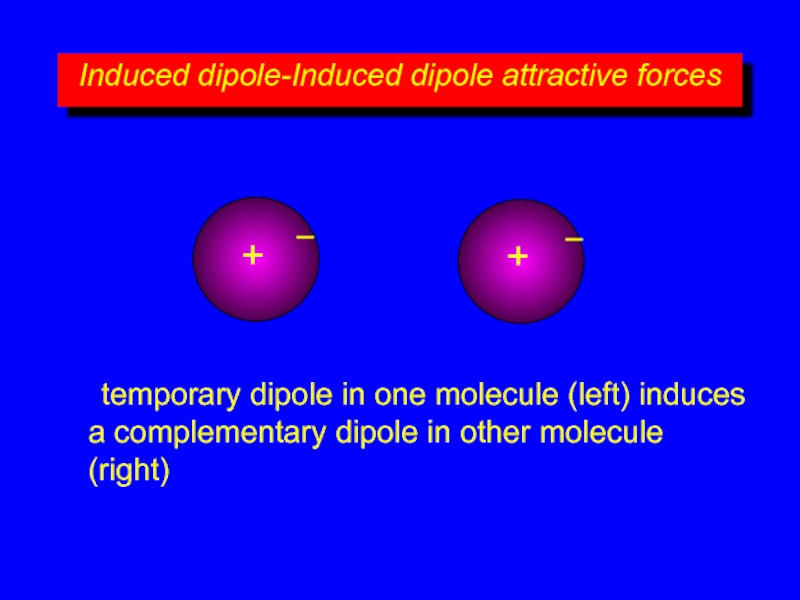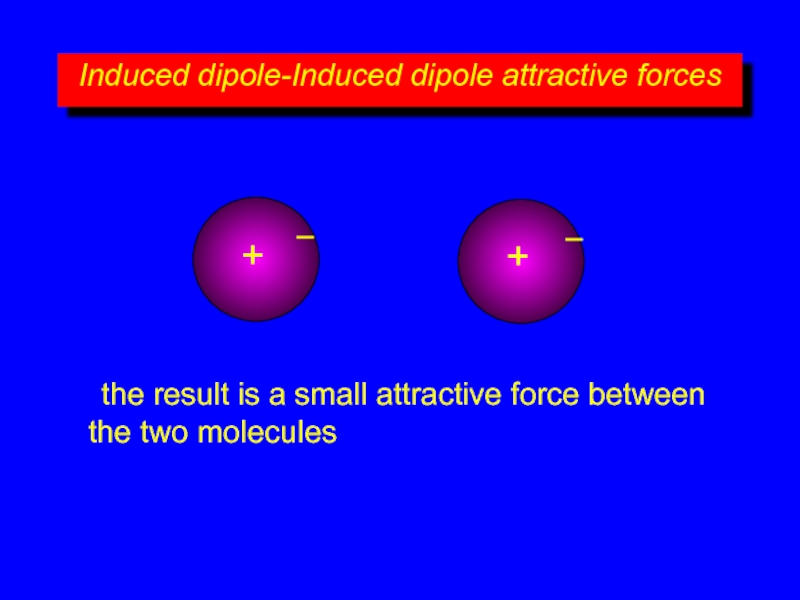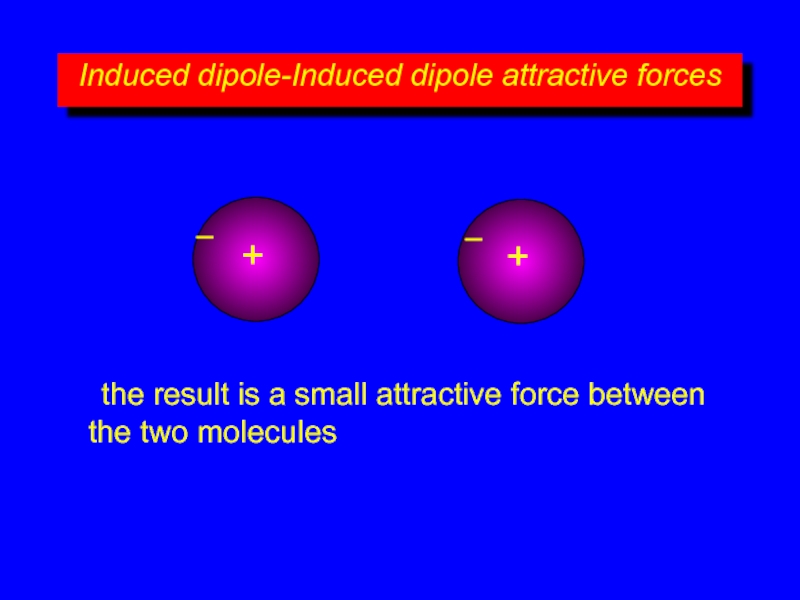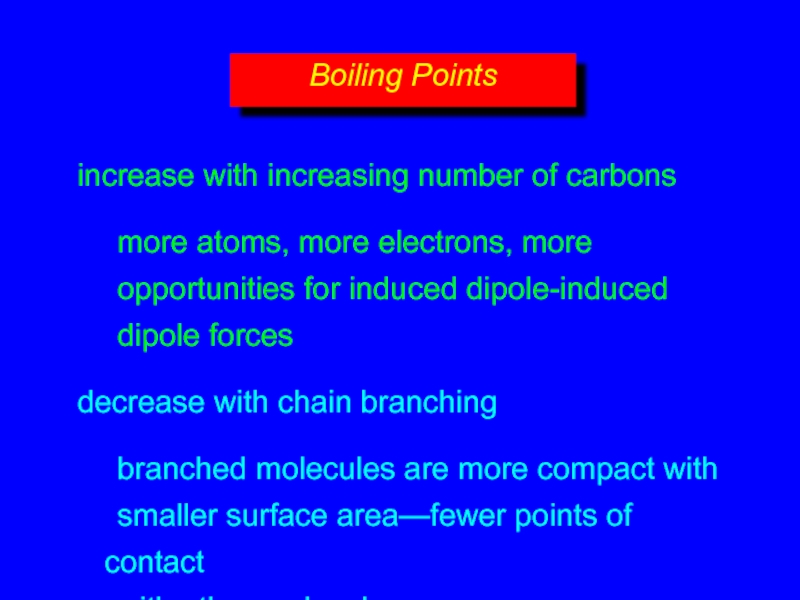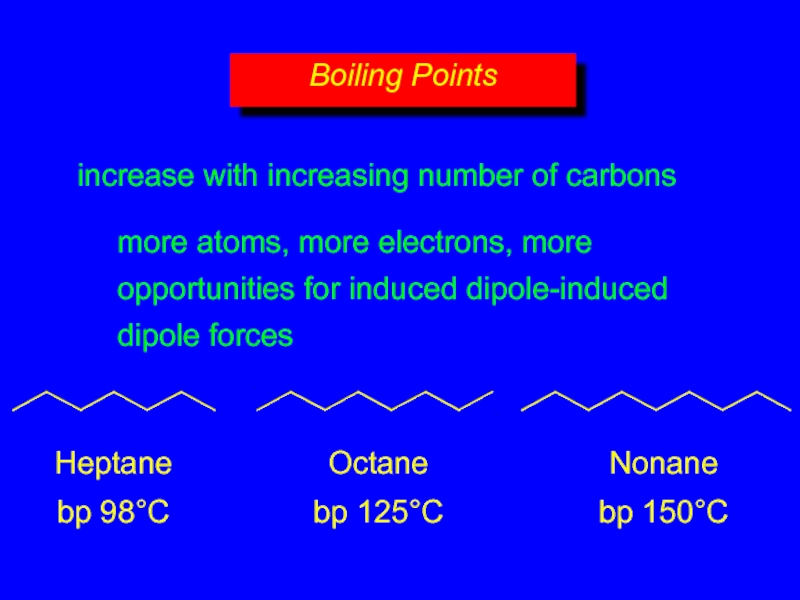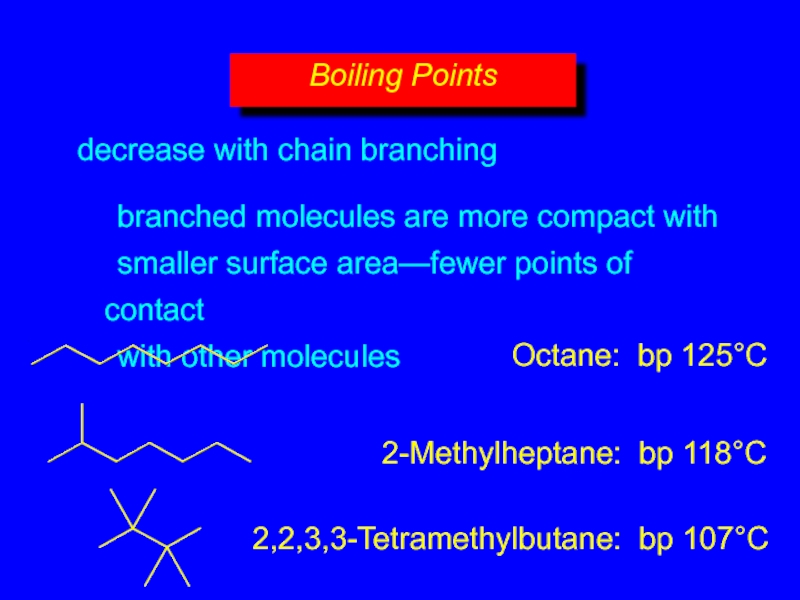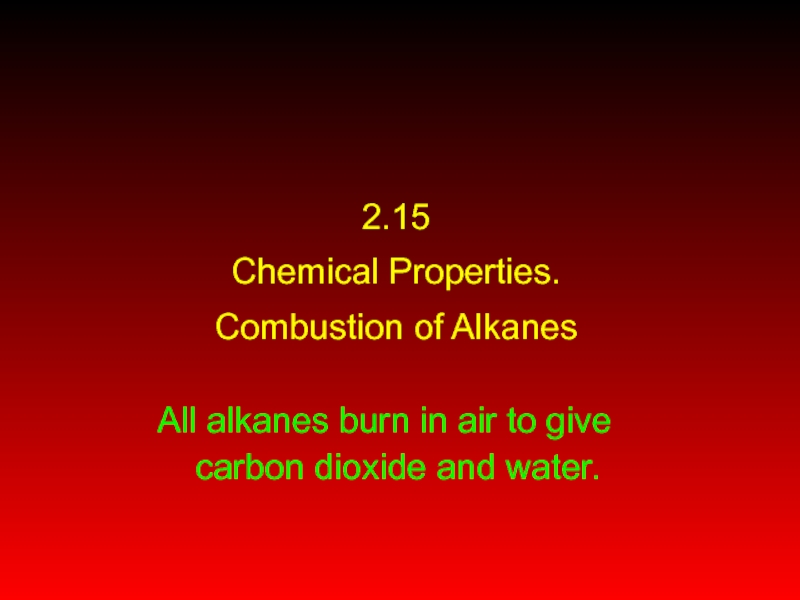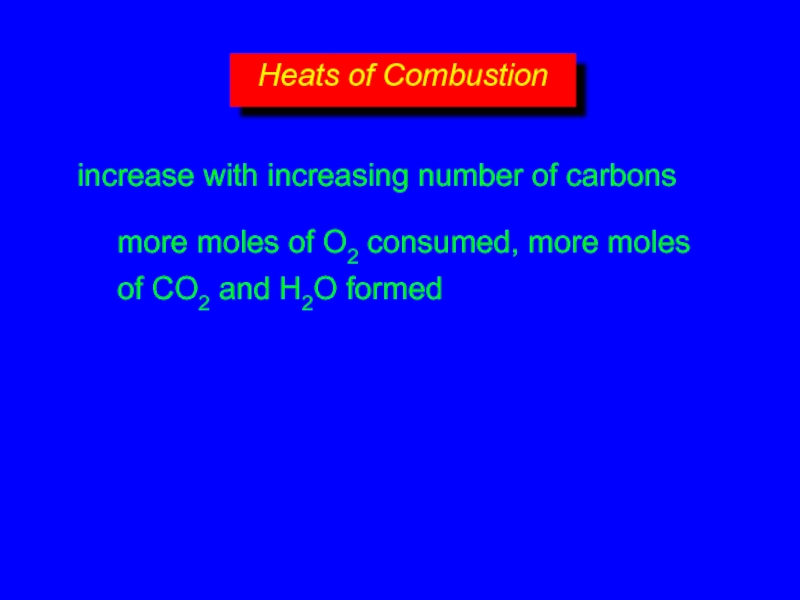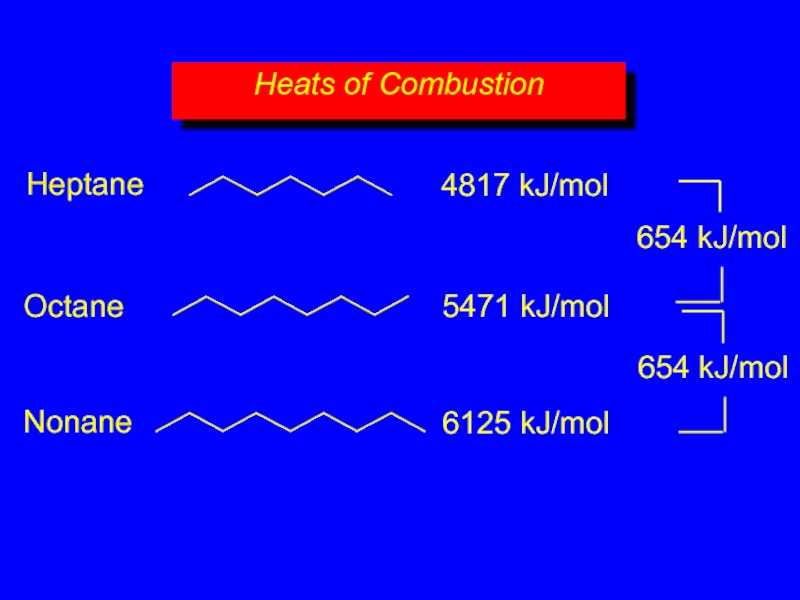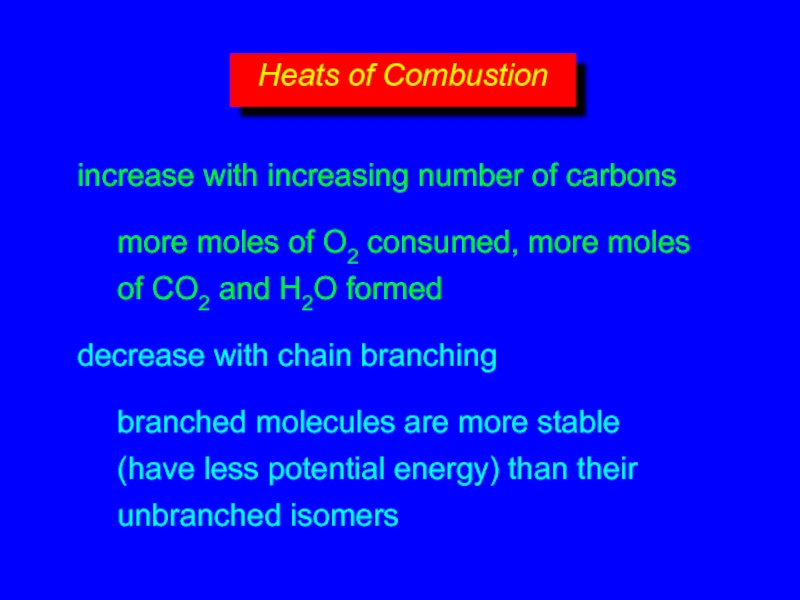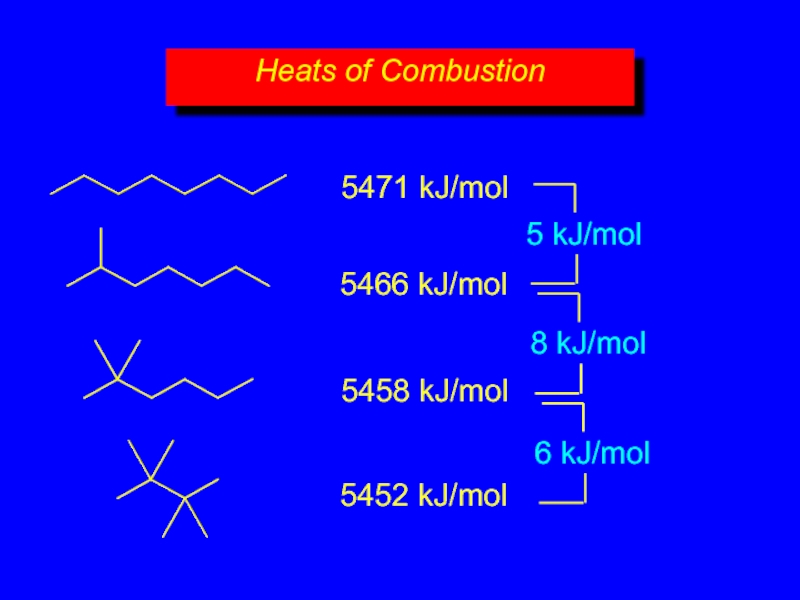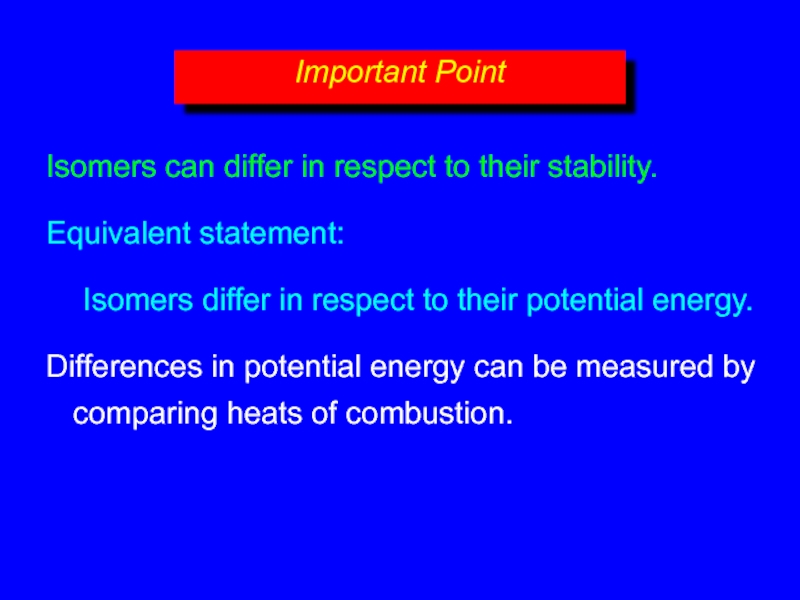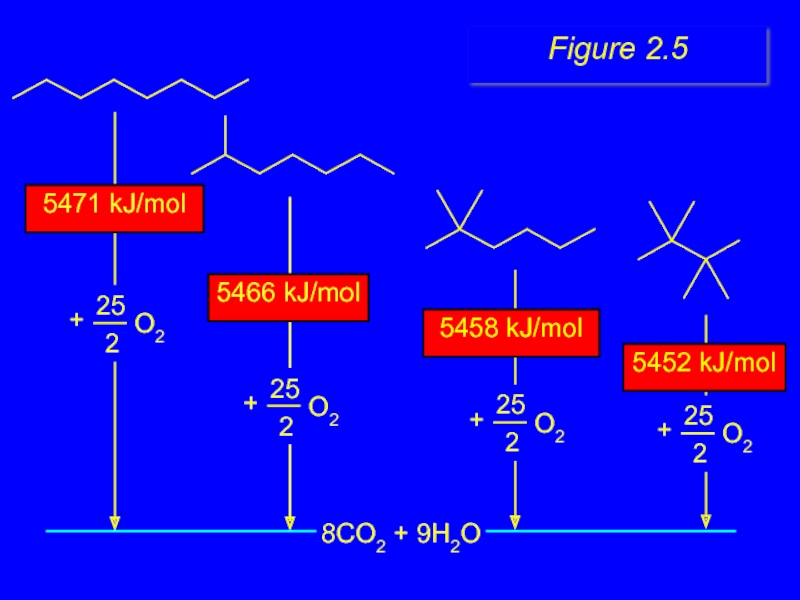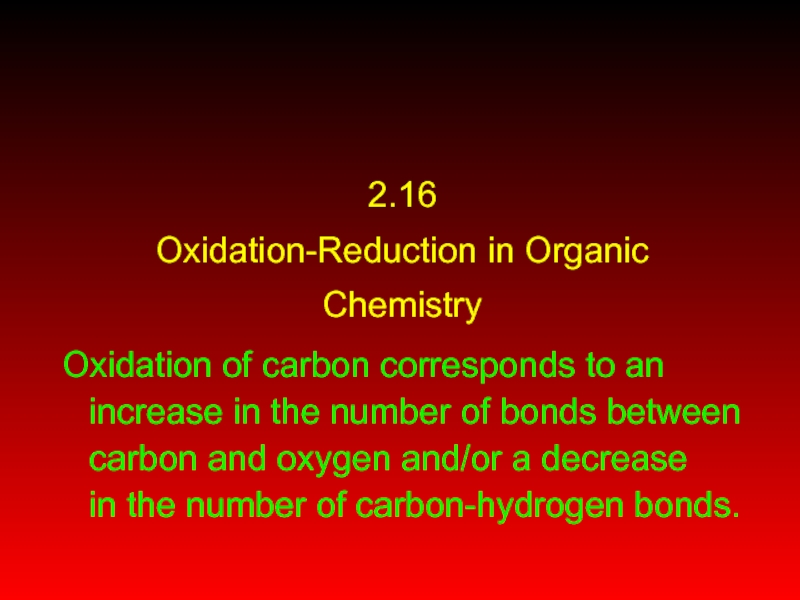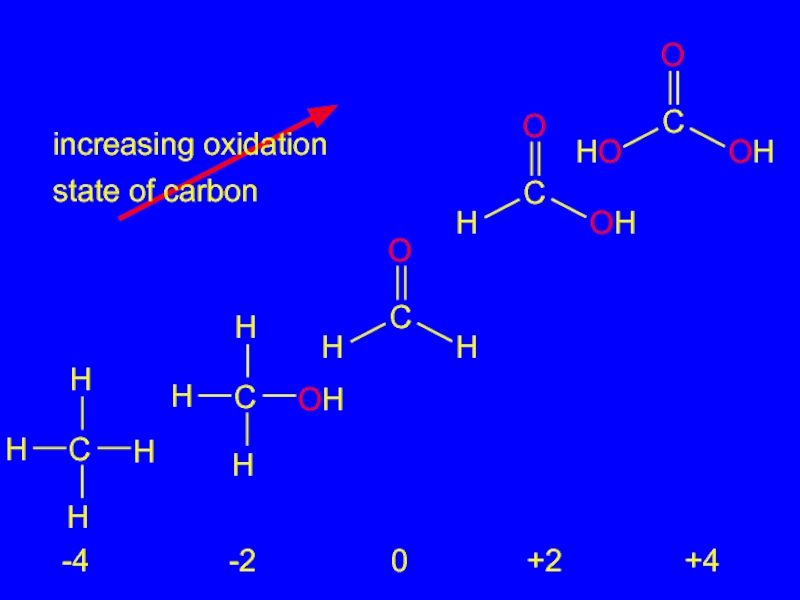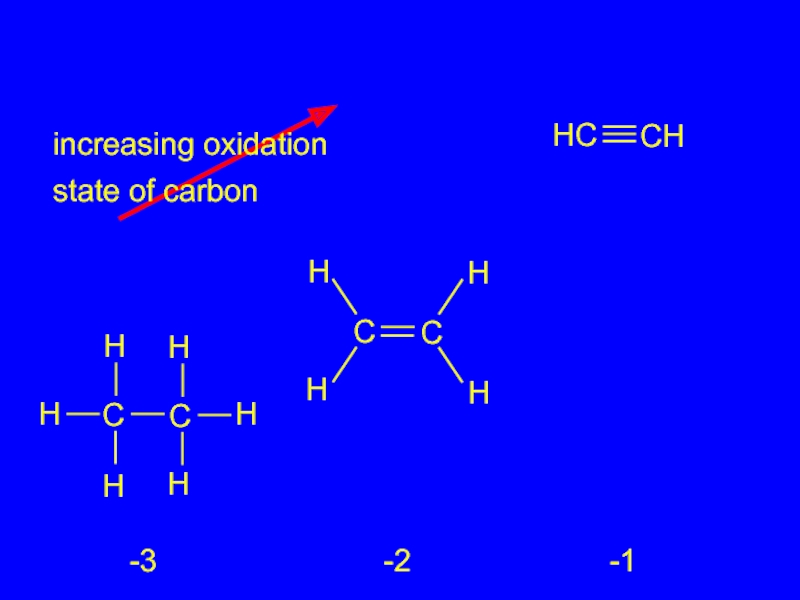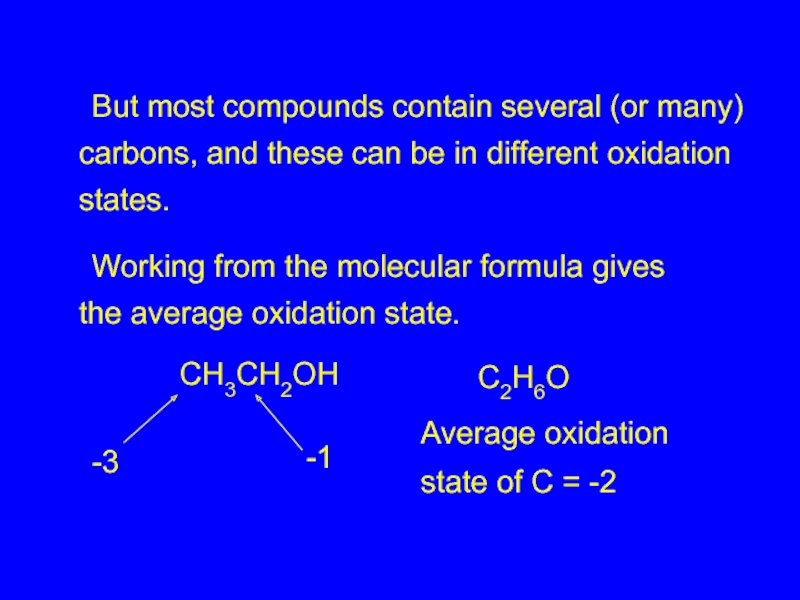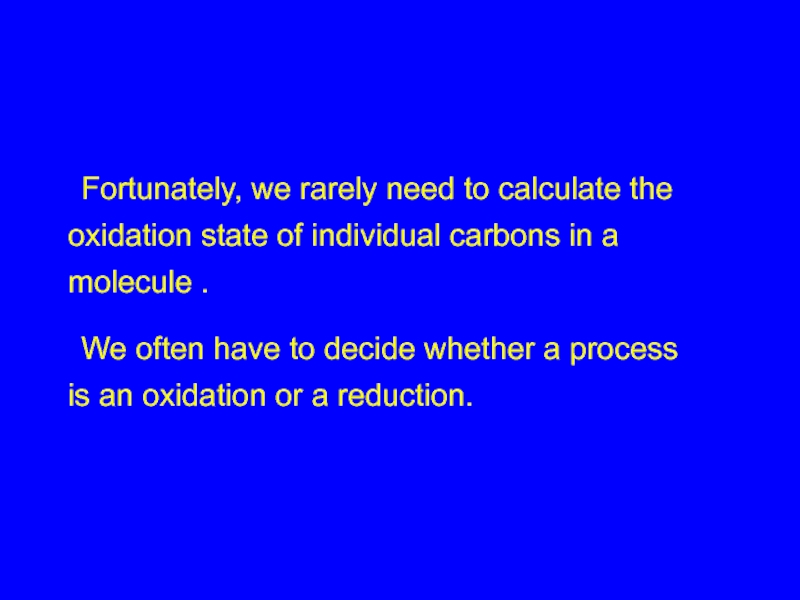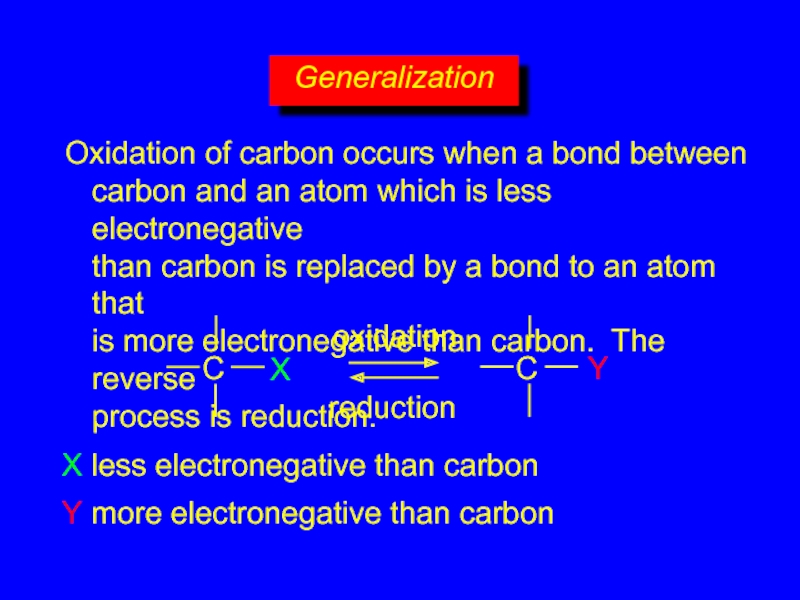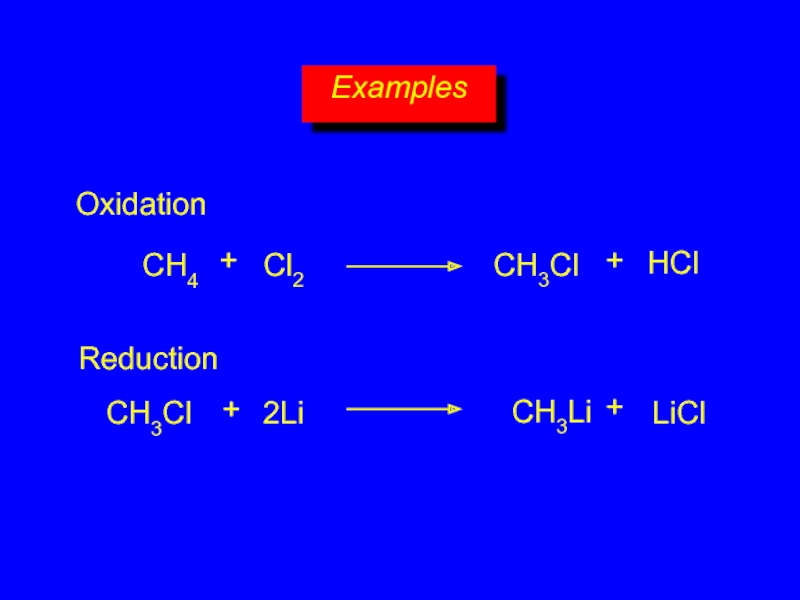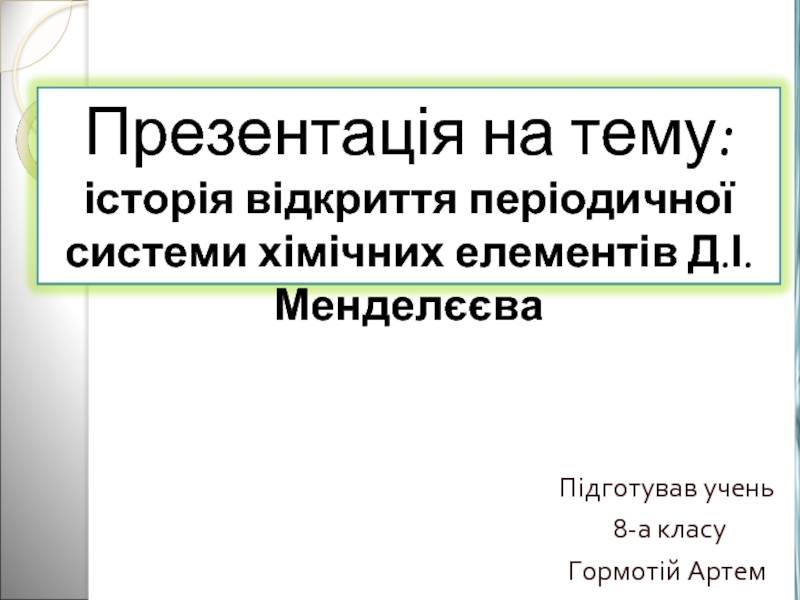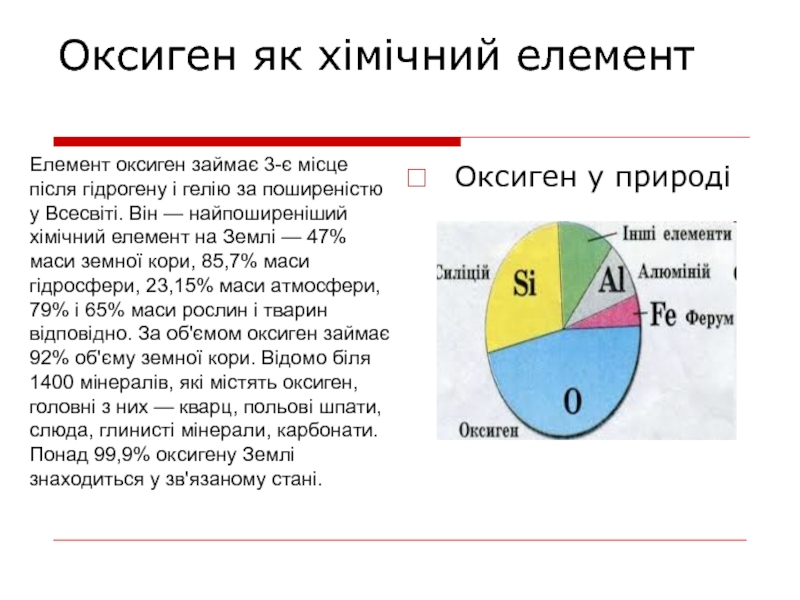- Главная
- Разное
- Дизайн
- Бизнес и предпринимательство
- Аналитика
- Образование
- Развлечения
- Красота и здоровье
- Финансы
- Государство
- Путешествия
- Спорт
- Недвижимость
- Армия
- Графика
- Культурология
- Еда и кулинария
- Лингвистика
- Английский язык
- Астрономия
- Алгебра
- Биология
- География
- Детские презентации
- Информатика
- История
- Литература
- Маркетинг
- Математика
- Медицина
- Менеджмент
- Музыка
- МХК
- Немецкий язык
- ОБЖ
- Обществознание
- Окружающий мир
- Педагогика
- Русский язык
- Технология
- Физика
- Философия
- Химия
- Шаблоны, картинки для презентаций
- Экология
- Экономика
- Юриспруденция
Sources of alkanes and cycloalkanes. Crude oil презентация
Содержание
- 1. Sources of alkanes and cycloalkanes. Crude oil
- 3. Refinery gas C1-C4 Light gasoline (bp: 25-95
- 4. Petroleum refining Cracking converts high molecular weight
- 5. 2.14 Physical Properties of Alkanes and Cycloalkanes
- 6. Boiling Points of Alkanes governed by strength
- 7. Induced dipole-Induced dipole attractive forces +
- 8. Induced dipole-Induced dipole attractive forces +
- 9. Induced dipole-Induced dipole attractive forces +
- 10. Induced dipole-Induced dipole attractive forces +
- 11. Induced dipole-Induced dipole attractive forces +
- 12. Induced dipole-Induced dipole attractive forces +
- 13. increase with increasing number of carbons more
- 14. increase with increasing number of carbons more
- 15. decrease with chain branching branched molecules are
- 16. 2.15 Chemical Properties. Combustion of Alkanes
- 17. increase with increasing number of carbons more
- 18. Heats of Combustion 4817 kJ/mol 5471
- 19. increase with increasing number of carbons more
- 20. Heats of Combustion 5471 kJ/mol 5466 kJ/mol 5458 kJ/mol 5452 kJ/mol
- 21. Isomers can differ in respect to their
- 22. 8CO2 + 9H2O 5452 kJ/mol 5458 kJ/mol 5471 kJ/mol 5466 kJ/mol Figure 2.5
- 23. 2.16 Oxidation-Reduction in Organic Chemistry Oxidation of
- 24. increasing oxidation state of carbon -4 -2 0 +2 +4
- 25. increasing oxidation state of carbon -3 -2 -1
- 26. But most compounds contain several (or many)
- 27. Fortunately, we rarely need to calculate the
- 28. Generalization Oxidation of carbon occurs when a
- 29. Examples
Слайд 3Refinery gas
C1-C4
Light gasoline
(bp: 25-95 °C)
C5-C12
Naphtha
(bp 95-150 °C)
Kerosene
(bp: 150-230 °C)
C12-C15
Gas oil
(bp: 230-340
C15-C25
Residue
Слайд 4Petroleum refining
Cracking
converts high molecular weight hydrocarbons
to more useful, low molecular
Reforming
increases branching of hydrocarbon chains branched hydrocarbons have better burning characteristics for automobile engines
Слайд 6Boiling Points of Alkanes
governed by strength of intermolecular attractive forces
alkanes are
only forces of intermolecular attraction are induced dipole-induced dipole forces
Слайд 7Induced dipole-Induced dipole attractive forces
+
–
+
–
two nonpolar molecules
center of positive charge and
Слайд 8Induced dipole-Induced dipole attractive forces
+
–
+
–
movement of electrons creates an instantaneous dipole
Слайд 9Induced dipole-Induced dipole attractive forces
+
–
+
–
temporary dipole in one molecule (left) induces
Слайд 10Induced dipole-Induced dipole attractive forces
+
–
+
–
temporary dipole in one molecule (left) induces
Слайд 11Induced dipole-Induced dipole attractive forces
+
–
+
–
the result is a small attractive force
Слайд 12Induced dipole-Induced dipole attractive forces
+
–
+
–
the result is a small attractive force
Слайд 13increase with increasing number of carbons
more atoms, more electrons, more
opportunities
decrease with chain branching
branched molecules are more compact with smaller surface area—fewer points of contact with other molecules
Boiling Points
Слайд 14increase with increasing number of carbons
more atoms, more electrons, more
opportunities
Boiling Points
Heptane
bp 98°C
Octane
bp 125°C
Nonane
bp 150°C
Слайд 15decrease with chain branching
branched molecules are more compact with
smaller surface area—fewer
Boiling Points
Octane: bp 125°C
2-Methylheptane: bp 118°C
2,2,3,3-Tetramethylbutane: bp 107°C
Слайд 162.15
Chemical Properties.
Combustion of Alkanes
All alkanes burn in air to give
carbon
Слайд 17increase with increasing number of carbons
more moles of O2 consumed, more
Heats of Combustion
Слайд 18Heats of Combustion
4817 kJ/mol
5471 kJ/mol
6125 kJ/mol
654 kJ/mol
654 kJ/mol
Heptane
Octane
Nonane
Слайд 19increase with increasing number of carbons
more moles of O2 consumed, more
decrease with chain branching
branched molecules are more stable (have less potential energy) than their unbranched isomers
Heats of Combustion
Слайд 21Isomers can differ in respect to their stability.
Equivalent statement:
Isomers differ in
Differences in potential energy can be measured by comparing heats of combustion.
Important Point
Слайд 232.16
Oxidation-Reduction in Organic Chemistry
Oxidation of carbon corresponds to an
increase in
Слайд 26 But most compounds contain several (or many) carbons, and these can be
Working from the molecular formula gives the average oxidation state.
CH3CH2OH
C2H6O
Average oxidation
state of C = -2
-3
-1
Слайд 27 Fortunately, we rarely need to calculate the oxidation state of individual
We often have to decide whether a process is an oxidation or a reduction.
Слайд 28Generalization
Oxidation of carbon occurs when a bond between
carbon and an
X
Y
X less electronegative than carbon
Y more electronegative than carbon
oxidation
reduction
